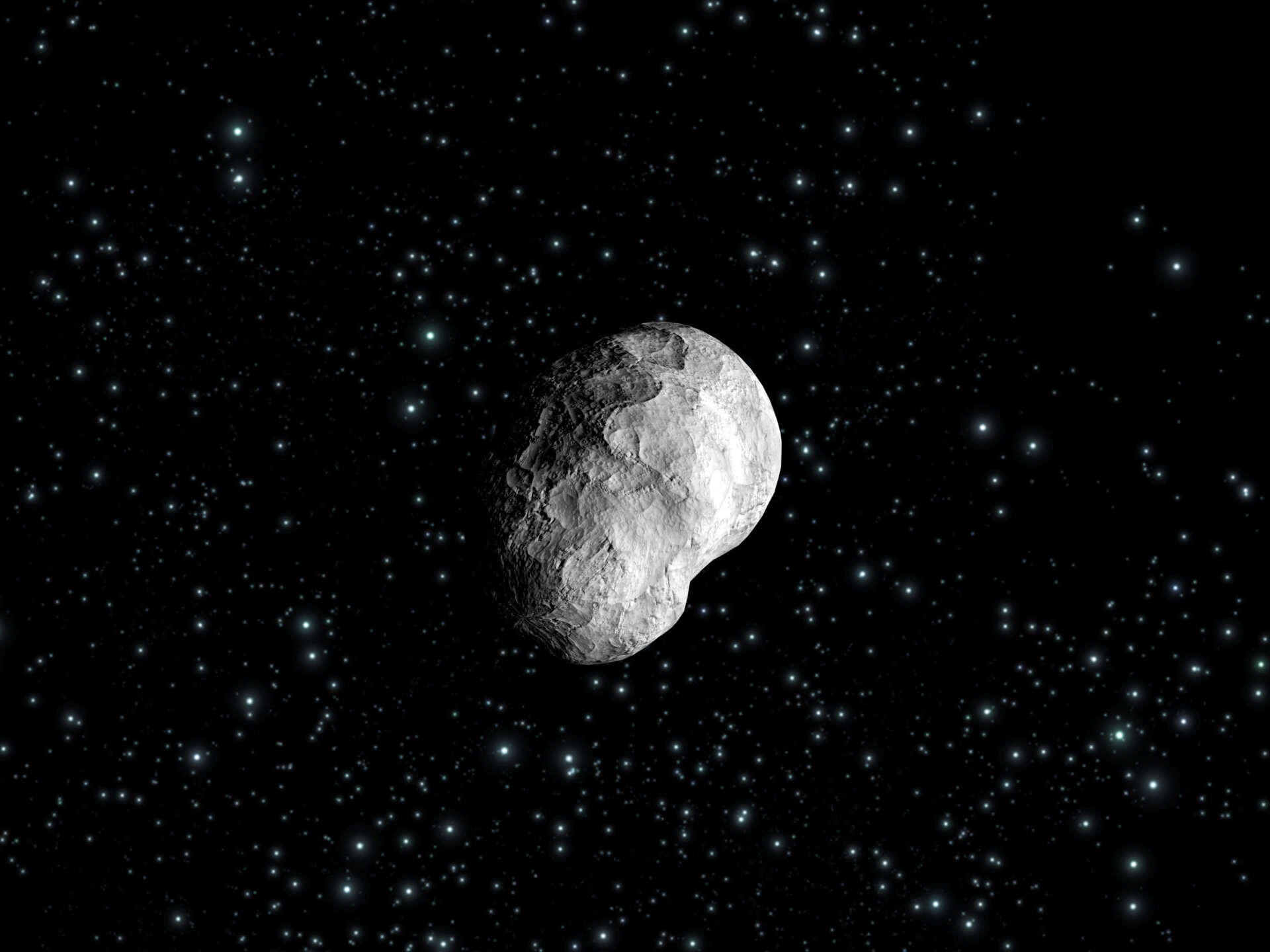To clarify that, I assume you mean “sending something into the sun from Earth’s surface”? Because otherwise, the energy required to send an object from the asteroids to Earth would be pretty similar to sending it from the asteroids into the Sun - just steer it differently.
This is a concern, if you want asteroid-based resources for use on Earth’s surface. You have to account for damage / loss due to atmospheric friction, plus the potential for damage if the object is big enough or hits in the wrong place - just ask those dinosaurs.
Most SF stories seem to concentrate on using such resources in space - either for building space stations, or on other planets, or whatever.
Sending such resources to a space destination shouldn’t be all that costly, ignoring the cost / effort of getting out to the asteroid belt, mining, etc. If time isn’t an issue, you don’t have to accelerate them all that much, just point them where you want them to go, and give them a nudge. They’ll keep going until something stops them. You’d want a way to do minor course corrections, and of course a way to decelerate them when they get to their destination - but compared with the cost to get out there to do the mining, that all would be relatively small.
